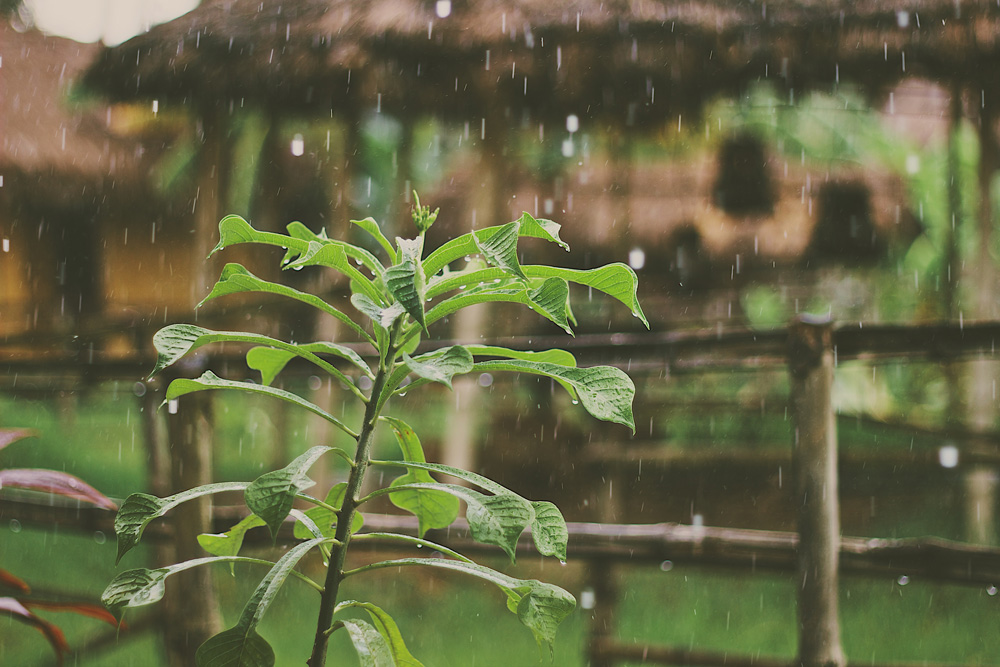Rainwater harvesting can be an efficient management strategy for people practicing rainfed farming. In Tigray, a water scarce region in northern Ethiopia, introduction of rainwater harvesting techniques have contributed to better food- and nutrition security, according to a recent report from AgriFoSe2030.
The Ethiopian government together with local communities have made big efforts to construct rainwater harvesting techniques to improve food security and meet climate change related challenges. In Ethiopia, like in many countries in sub-Saharan Africa, most farmers get their food and living from rain-fed agriculture. In the Tigray region, located in northern Ethiopia and part of the drylands of Africa, precipitation patterns are erratic and occur within a limited time of the year. Climate change has brought even more variability and water scarcity.
Harvesting rainwater, using techniques such as household ponds, roof water harvesting at community and household levels, cisterns or check dams can be an efficient management strategy when water resources are scarce. These low-tech water harvesting tools can ensure poor households have water to grow their crops and serve as an insurance when rains don’t come on time.
A new report “Household level rainwater harvesting in the drylands of northern Ethiopia: its role for food and nutrition security” by Kassa Teka, researcher at Mekelle University in Ethiopia, conducted through a research exchange within the AgriFoSe2030 – Agriculture for Food Security – program, presents evidence of how effective water harvesting can be for food security in dry regions.
The report finds that rainwater harvesting techniques implemented in the Tigray region helped to increase crop and livestock productivity, crop diversification and access to water points, improving food security. The harvests of maize and sorghum more than doubled since farmers started to collect the rain. They also were able to introduce new crop varieties, adding to their nutritional security and overall wellbeing.
In addition to exploring the role of rainwater harvesting for food security and climate change adaptation, the aim of the study was to identify challenges and opportunities for successful implementation and upscaling of water harvesting in Eastern Tigray. Upscaling is constrained by a range of factors such as investments, material availability and quality, risk of diseases and limited technical design capacity. The report states that farmer and stakeholder participation is imperative to productivity and should be deployed during planning, implementation and utilization stages. This also needs to be accompanied by technical support and training of farmers to overcome issues of implementation design.
When implemented successfully and in accordance with local climate and geographic conditions, rainwater harvesting can boost food and nutrition security of the poor households who don’t always have access to irrigation.
Kassa Teka conducted his research exchange within AgriFoSe2030 theme 2: Multifunctional landscapes for increased food security, based at Gothenburg Centre for Sustainable Development, Gothenburg University. The report is developed to assist experts, planners, policy makers and scholars in their future research and development activities.
